Power of Place: Clean Energy Solutions that Protect People and Nature
TNC’s national report can help energy planners and policymakers execute net-zero strategies that maximize benefits for climate, nature and people.

Across the ages, confronting seemingly insurmountable challenges has led humanity to innovation, collaboration and shifts in mindset that have changed the world for the better. That innate fortitude and creativity is apparent today as we tackle the climate crisis.
Climate change is already taking a significant toll on the Great Lakes region.
Rising temperatures exacerbate algal blooms in Lake Erie, leading to bacteria-polluted drinking water in Toledo, Ohio, potentially causing a number of harmful health conditions for half a million residents.
While families play in Lake Michigan, we continue to see new records set every summer for the hottest days in Chicago, Illinois.
Communities around the Great Lakes in Wisconsin and Michigan are staring down the need to spend hundreds of millions of dollars in the coming years to repair coastal damage linked to climate change.
While climate change is often attributed to increased long-term temperature averages, it is also linked with increased severity and unpredictable weather—including an increase in severe rainfall events across the Midwest. It is also one of the more visible effects of climate change. For example, research shows that just 10 storms per year drive 70 to 90% of the nutrient runoff into Lake Erie.
TNC’s new national report can help energy planners & policymakers execute net-zero strategies that benefit climate, nature & people.
Download

We must drastically slow the production of the greenhouse gases that are causing climate change and concurrently help the Great Lakes region retain the natural balance needed to endure.
The Nature Conservancy is bringing science, partnership and the tools needed to swiftly advance smart policies, implement transformative projects on the ground and in the water, and compel people to act and lead. We can secure a resilient future for the Great Lakes so that generations to come judge this moment as the inflection point for climate action.
TNC is working with partners to improve resiliency in freshwater ecosystems.
Donate NowTo turn the tide on climate change, we must rapidly and significantly reduce greenhouse gas emissions. The good news is that there are many solutions to help us achieve that goal.

The states of the Great Lakes region differ from each other in countless ways, yet one commonality is the opportunity for smart alternative energy production. While the deployment of solar and wind energy is on the rise, ensuring that growth happens in a way that is productive while limiting disruption to natural systems is critical. The Great Lakes region is home to a myriad of treasured and rare habitats and species that are core to local cultures and economies, including a $7 billion annual commercial fishery.
We are bringing lessons learned and resources from other states such as the Site Wind Right tool to our work in the Great Lakes region. We aim to help communities speed up the creation of comprehensive plans, access the science needed to thoughtfully site wind and solar developments, and purchase energy that maximizes benefit and reduces risk.
To get there, we are establishing relationships with leaders who understand the need for a rapid transition and ensuring policies balance the benefits of renewable energy development with habitat conservation.
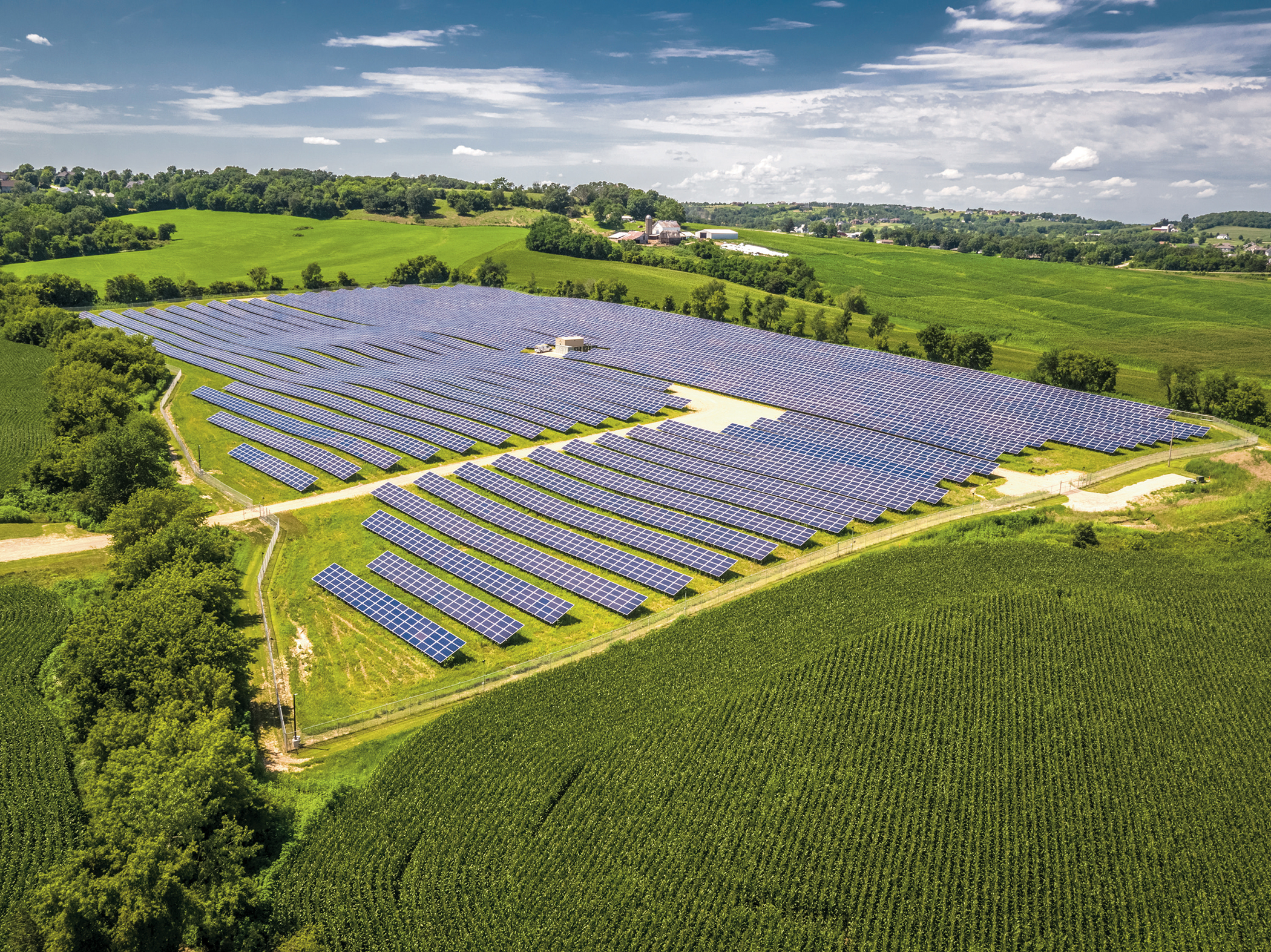
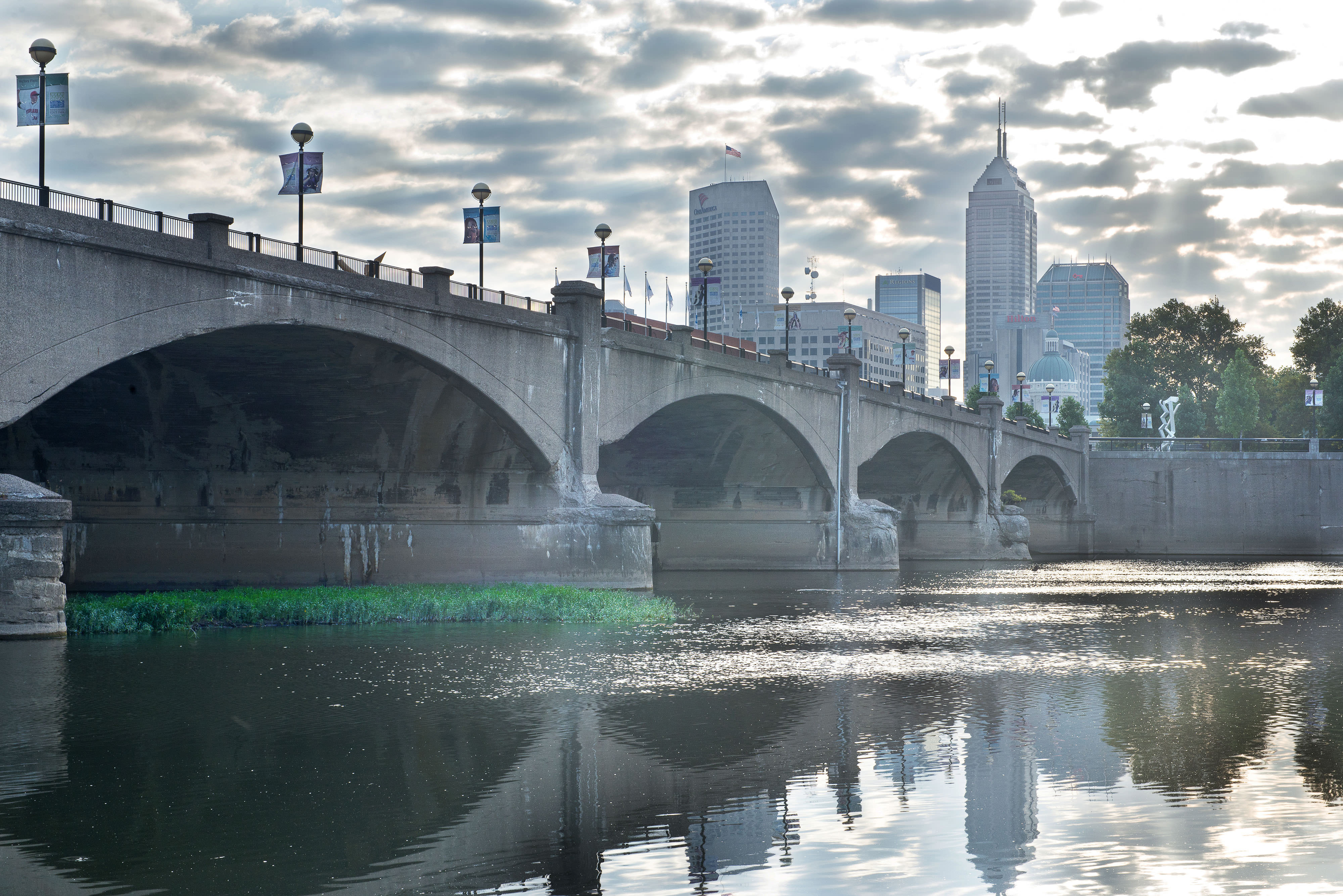
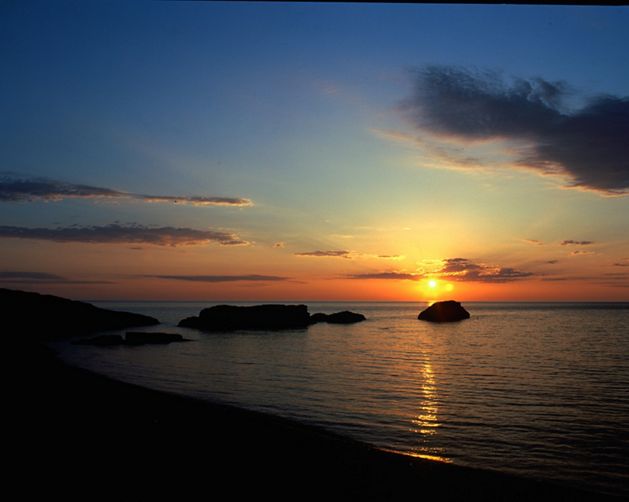
Get monthly updates on your state's conservation efforts in the Great Lakes.

Dubbed “the most equitable climate law in America,” a bipartisan majority of Illinois lawmakers passed legislation in 2021 designed to help meet the state’s 100% clean energy by 2050 goal. Armed with the first-of-its-kind climate assessment for the state, developed by TNC, we worked behind-the-scenes in support of this legislation which has unique provisions to deliberately engage more diverse communities in the transition to renewable energy.
A significant part of the climate solution equation is all around us: nature. When we conserve and connect areas that are key for species migration and movement, plant trees and grasses, protect and restore forests, use sustainable farming practices and a host of other actions that help nature, we are pushing back against climate change.
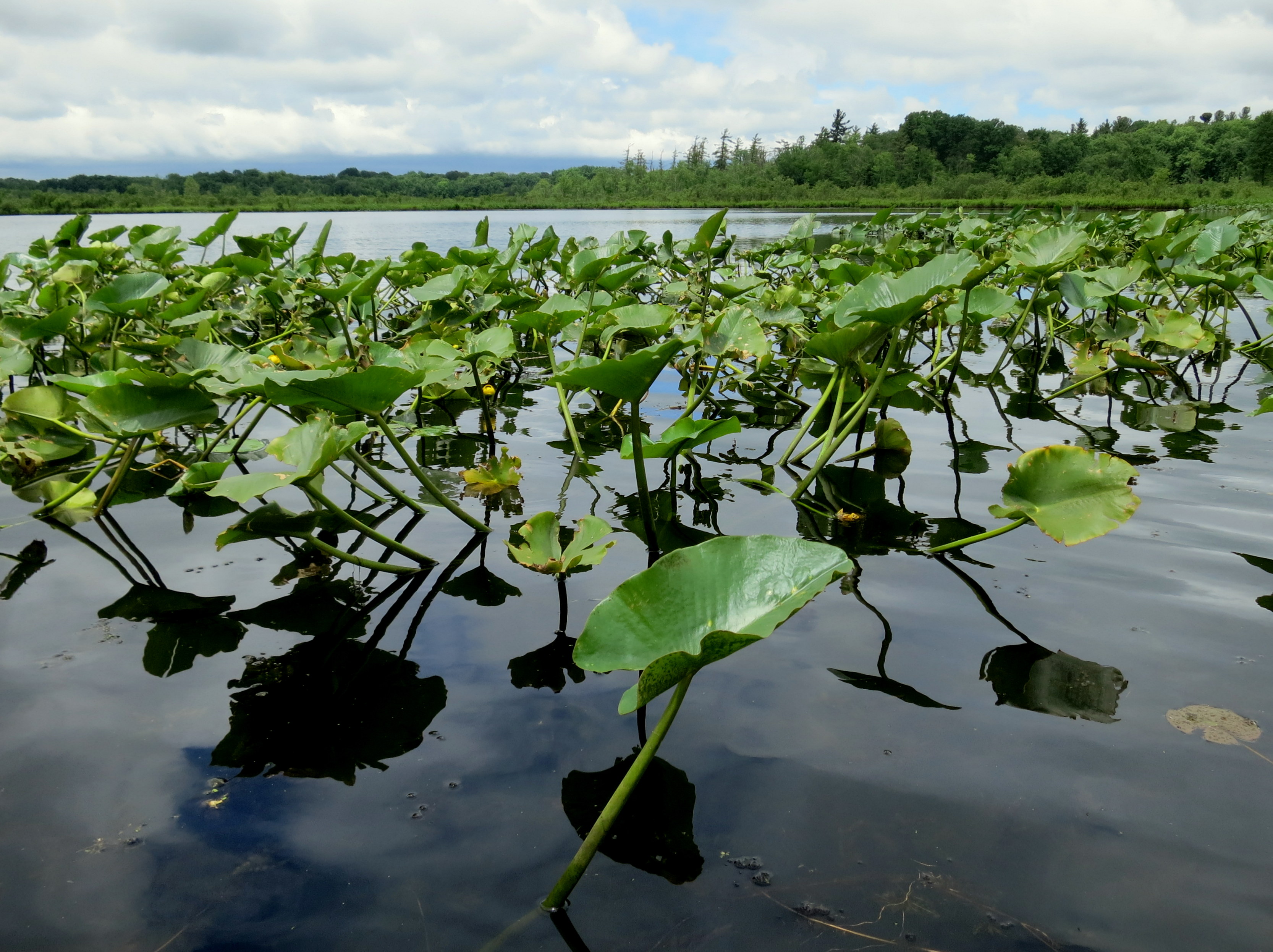
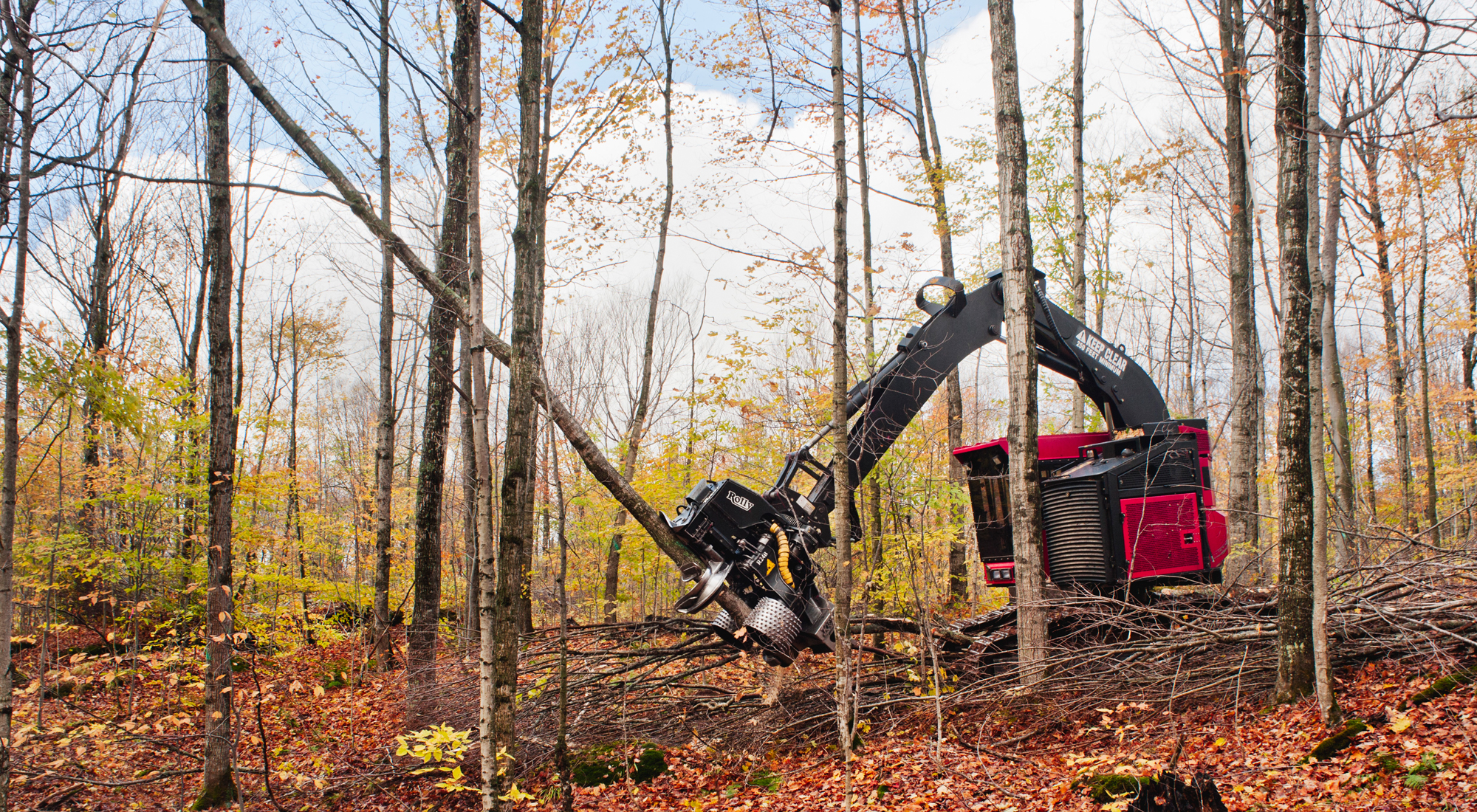
In Minnesota, TNC is leading a Trees, Water, Soil campaign to increase understanding of the role people and nature can play to slow and avoid some consequences of climate change. Working with partners from high school students and farmers to forest landowners and Indigenous leaders, we are using the power of nature itself to make a difference. For example, efforts to plant native hardwood trees along streams that flow to Lake Michigan is a race against time to save brook trout from warmer waters. These slower-growing trees also store carbon, further abating climate change.
Reducing emissions through a thoughtful transition to clean energy and helping nature adapt as the climate changes are connected imperatives. For example, research by TNC and others demonstrates that nature-based solutions provide up to 37% of the emission reductions needed by 2030 to keep global temperature increases under 2 degrees Celsius.
When we bring together bold policies, science-driven projects and people-centric actions, we can meet the moment together and ensure people and nature thrive.